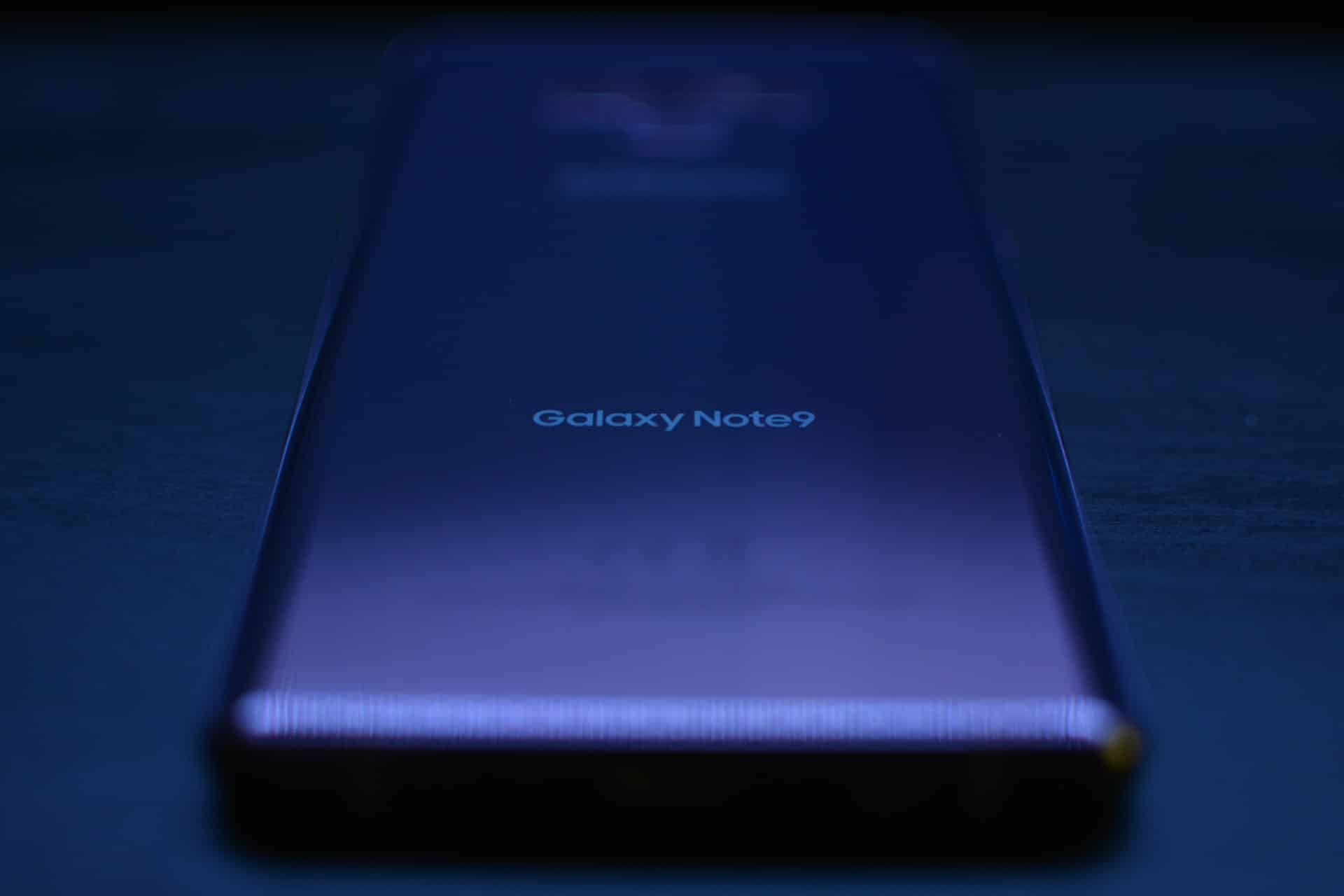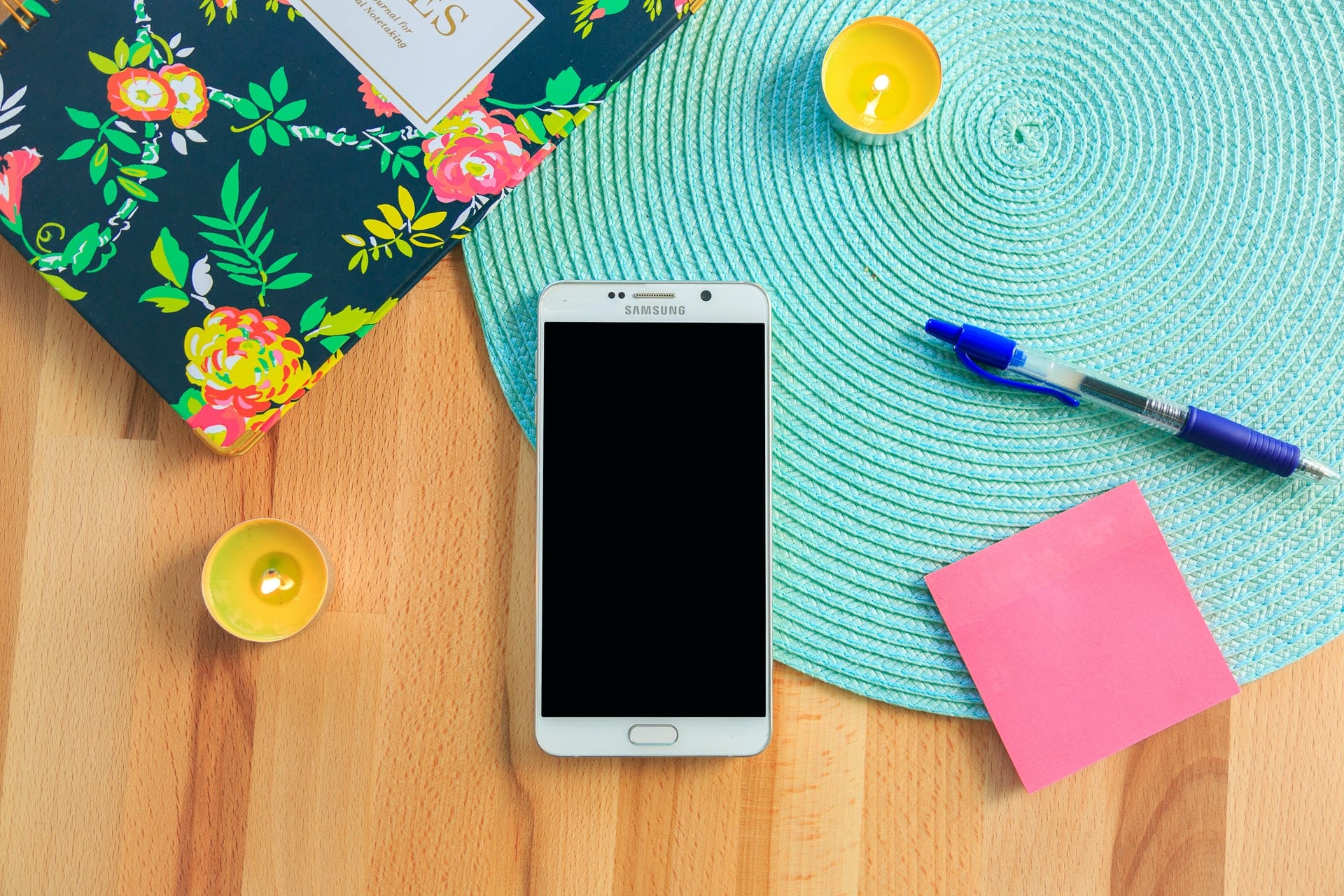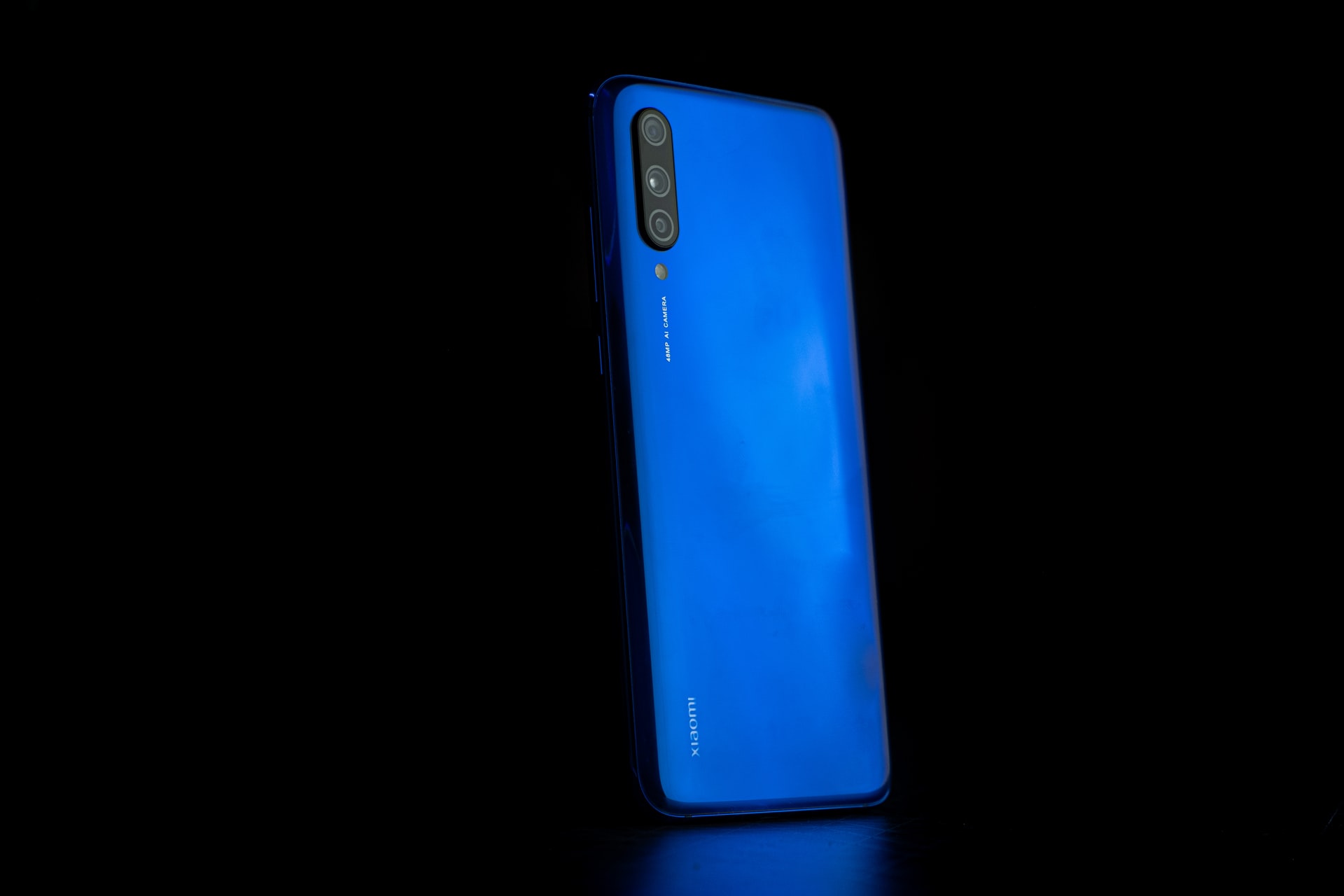
Runtime Error 482 Windows 10 (Printer Error) – Steps To Resolve
[ad_1]
Runtime Error 482 typically shows when you attempt to print a document in Windows. The error is caused by the “Printform” component of Visual Basic.
As a rule of thumb, “runtime” errors are generally the result of problems within the “Visual Basic” library or its adjoining applications. The errors are mostly caused by either an inconsistency inside the code (referencing variables which don't exist), or having problems referencing specific libraries.
Whether you're actively using “Visual Basic” or not is mostly irrelevant; it's likely the case that one of your applications is using it – hence the error.
To resolve the problem, there are a number of steps you can work through, although many people end up resorting to “workarounds” in order to prevent it from showing. The steps outlined in this tutorial should give you the ability to resolve it entirely.
Cause
The error will typically show with the following messages:
- “Run-time error ‘482': Printer Error”
- “Run-time error ‘486': Can't print form image to this type of printer”
- “Printer Error”
The most important thing to realize about the error is that it's caused dby what's known as a “library” in computing. A library is essentially a piece of code which allows a developer to access particular functionality without having to rewrite the code for it.
Libraries have been used since the earliest days of computing. With modern computers, 1,000's of libraries can be employed at once to provide very high level functionality to a range of applications. “PrintForm” is one such library.
It's mostly the case that your system will not have the “Printform” library installed (it's very old), leading the error to show. It may also be the case that your printer, or its associated drivers, may be damaged.
Solution
The steps to solve the problem are as follows:
-
Remove Any PrintForm References in VBA
If you are seeing this error as a result of using a “Visual Basic” powered application (including VBA), you'll want too ensure that you get rid of any references to the PrintForm component.
The best way to do this is to replace it with the Win32 API, which is an updated version of the printing library in Visual Basic. If you do this properly, it should allow you to get printing working with your applications on the likes of Windows 10.
-
Update Printer Drivers
If you are not using Visual Basic / VBA, you'll want to ensure that your printer drivers are completely up to date and correct.
The best way to do this is to fully “uninstall” the printer from your system and let Windows Update find the correct drivers (contrary to previous versions of Windows, the latest Windows Update is actually very good & effective).
To do this, simply press Windows+S keys on your keyboard, type “Device Manager” and select the first option that appears. When in Device Manager, select the printer that you're having problems with, right click and click “Uninstall”.
After uninstalling, restart your PC. It should automatically add the printer again – installing the latest drivers – if effective.
-
Clean Out System Files With SFC
If the above does not work, it *could* be a problem with the core system files of your computer. To fix this, you can use an in-built mechanism to resolve it (SFC // System File Checker).
To do this, press Windows+S keys on your keyboard and type “CMD”. When the options show, right-click on the first and select “Run as Administrator”. This will bring up the black/white CMD window. Into it, type “sfc /scannow”. This will scan your system's files and fix any damaged ones.
-
Switch To Using Other Printer Settings
If all of the above does not work, you'll want to look at using a different printer. The most typical way of doing this is to switch from using the standard “Print to PDF” option to “Microsoft Print to PDF” to get it working.
[ad_2]
Source by Richard Peck






